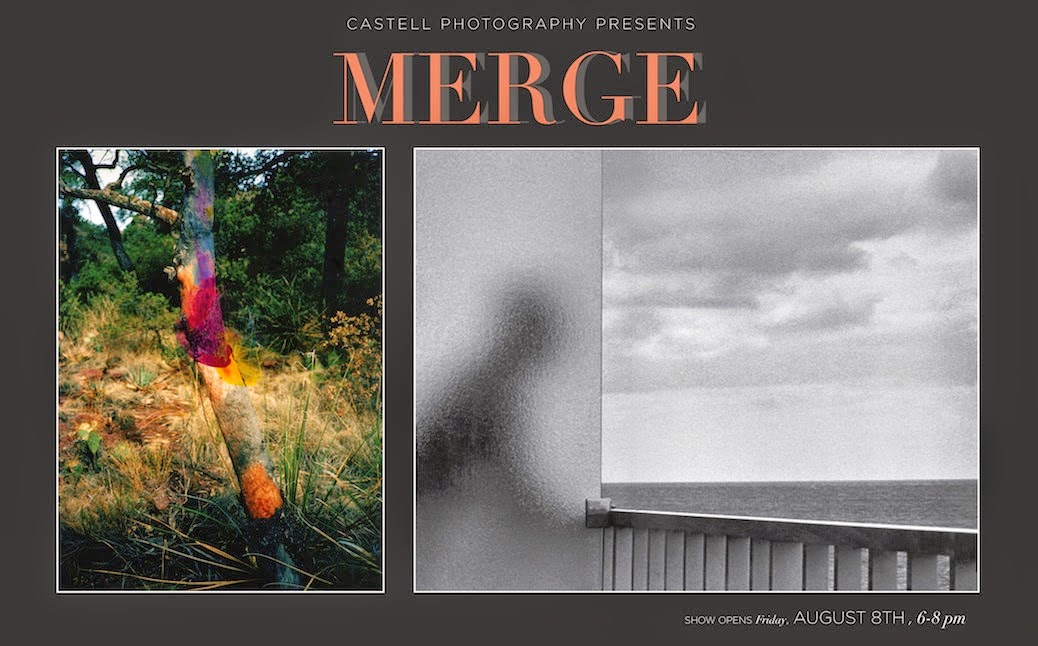Raleigh, NC-based photographer Laurence Earley will open a show of images from his portfolio The Work Boats of Core Sound: Stories and Photographs of a Changing World on September 2nd, 2014 at the National Humanities Center in Research Triangle Park, NC.
Earley's work documents the wooden fishing boats of Core Sound in eastern North Carolina, boats built to work in the shallow waters of the North Carolina coast. There will be a reception and Artist's Talk on Sunday, September 28th, from 2:00 - 4:00.
Earley's photographs will be up through December 19th, 2014.
Like many traditional industries, commercial fishing has been in decline in recent years, putting at risk the traditions, practices, and skills of a significant community of Southerners.
The skills possessed by folks in this community of fishermen and women include building their own boats, designed to enable fishing under the specific conditions of water, weather, and climate of coastal North Carolina.
These boats are supremely utilitarian. They also happen to be aesthetically beautiful. Earley's elegant black and white prints capture that beauty as well as the functionality, in the process becoming objects of beauty in their own right.
Earley has published this work with the University of North Carolina Press (The Workboats of Core Sound: Stories and Photographs of a Changing World, 2013), and has exhibited it in museums across the region. It is now on permanent display at the Core Sound Waterfowl Museum and Heritage Center on Harkers Island, NC.
Earley's larger body of work includes extensive interviews with the builders of these boats as well as with the fishermen who use them, and with their families and others in the community.
At the National Humanities Center, Earley's photographs will be accompanied by recordings of these people's voices, telling their stories, describing the roles these objects play in the lives and work of people in small towns on the coast of North Carolina.
For example, the photograph above of the Primitive Baptist Church in Atlantic, NC (see image above) will be accompanied in the show by a recording of the voice of Janice Smith, a resident of Atlantic, talking about the role of this building in her life, and in her family.
This aspect of Earley's work addresses, successfully in my view, one of the major issues and challenges of photography when the people, places, and activities depicted in the work and the likely audience for the work are on different sides of one or more of the many historic social, cultural, racial, and economic divides that separate Southerners from one another.
Southern fine art photography is not, I hope, merely about providing aesthetic diversions for those with the economic resources to devote our time to it, or to satisfy our curiosity about -- all the while maintaining a safe physical distance from -- those different from ourselves.
We are all, surely, members of one human family, but work that does not acknowledge and address the divisions that separate us risks participating in -- even exacerbating -- those divisions. When we do this, we risk perpetuating the history we as Southerners deal with as part of who we are, in the hope that we can come to terms with it, perhaps ameliorate, even redeem it, in some small ways.
Earley's work brings to those of us who are not skilled boat designers and builders, skilled fishermen and women, people who make their lives in relationship with the sea and the sky and the weather, as well as with the vagaries of the catch and the market, some ability to sense what that is like, to value the achievement of people making their lives among these circumstances, to grasp something in this world that is new to us about what it means to be human.
Good documentary photography brings us into awareness of how varied and rich human life is, of what it means, under particular circumstances and situations, to be people who are both like and unlike us. At its best, it enables us to glimpse how the world looks to people different from ourselves, perhaps even suggesting to us how we look to people different from ourselves.
When it is done in a way that continues to deepen our experience through repeated viewing, that rewards our engagement yet calls us back, over and over, to see more, to understand more, to be in relationship with it more fully, then it transcends mere representation and becomes art.
That's what Earley is able to do in this work, making it worth our while to seek it out in the coming months at the National Humanities Center.
For those of you not familiar with the Center, it is a place for advanced study in the humanities, where scholars in literature, history, and the arts gather each year to pursue their research. It is housed in an architectural gem of a building, located just a short drive off of Alexander Drive, in North Carolina's Research Triangle Park, between Raleigh, Durham, and Chapel Hill.
You can find out more about the National Humanities Center here.
The Center's public spaces are open for the public to visit between 8:00 and 5:00, Monday through Fridays, as well as on the occasion of public lectures, conferences, and receptions.
It is a bit difficult to find, but well worth seeking out, especially for Earley's show.



























